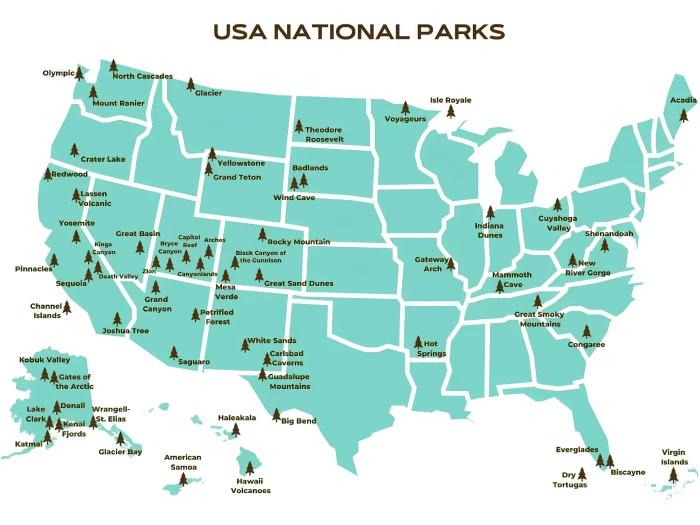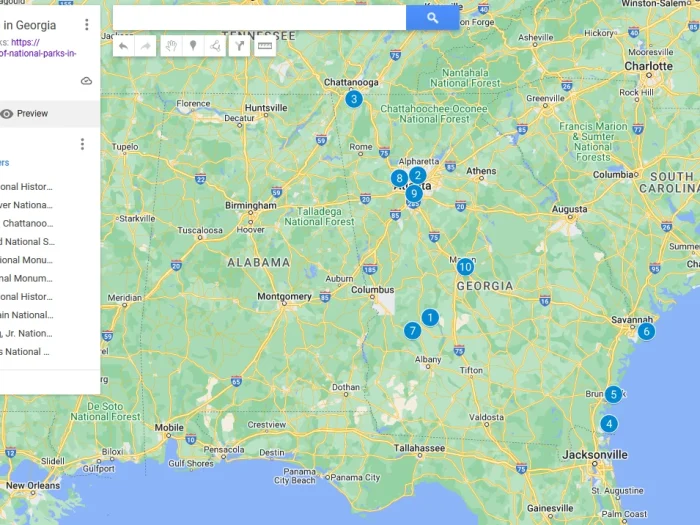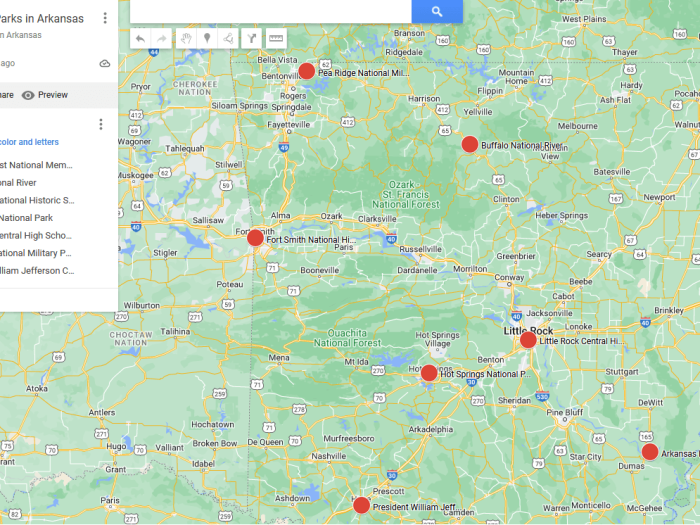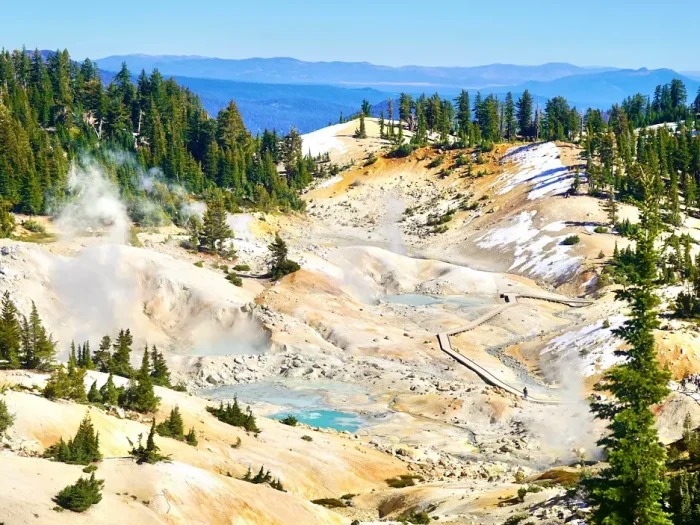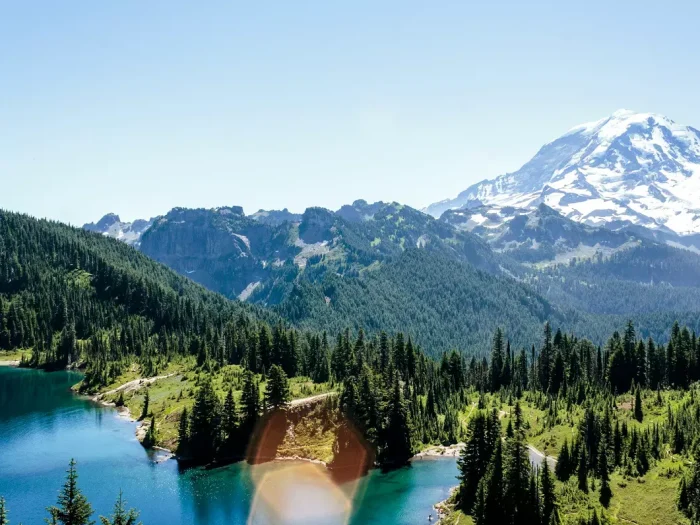Best Time to Visit Arches National Park: A Seasonal Guide
Arches National Park, located in southeastern Utah, is home to over 2,000 natural sandstone arches, breathtaking rock formations, and surreal desert landscapes. Whether you’re planning a hiking adventure, a photography trip, or a scenic drive, choosing the right time to visit can greatly enhance your experience. Here’s a breakdown of what to expect in each season so you can decide when to go.
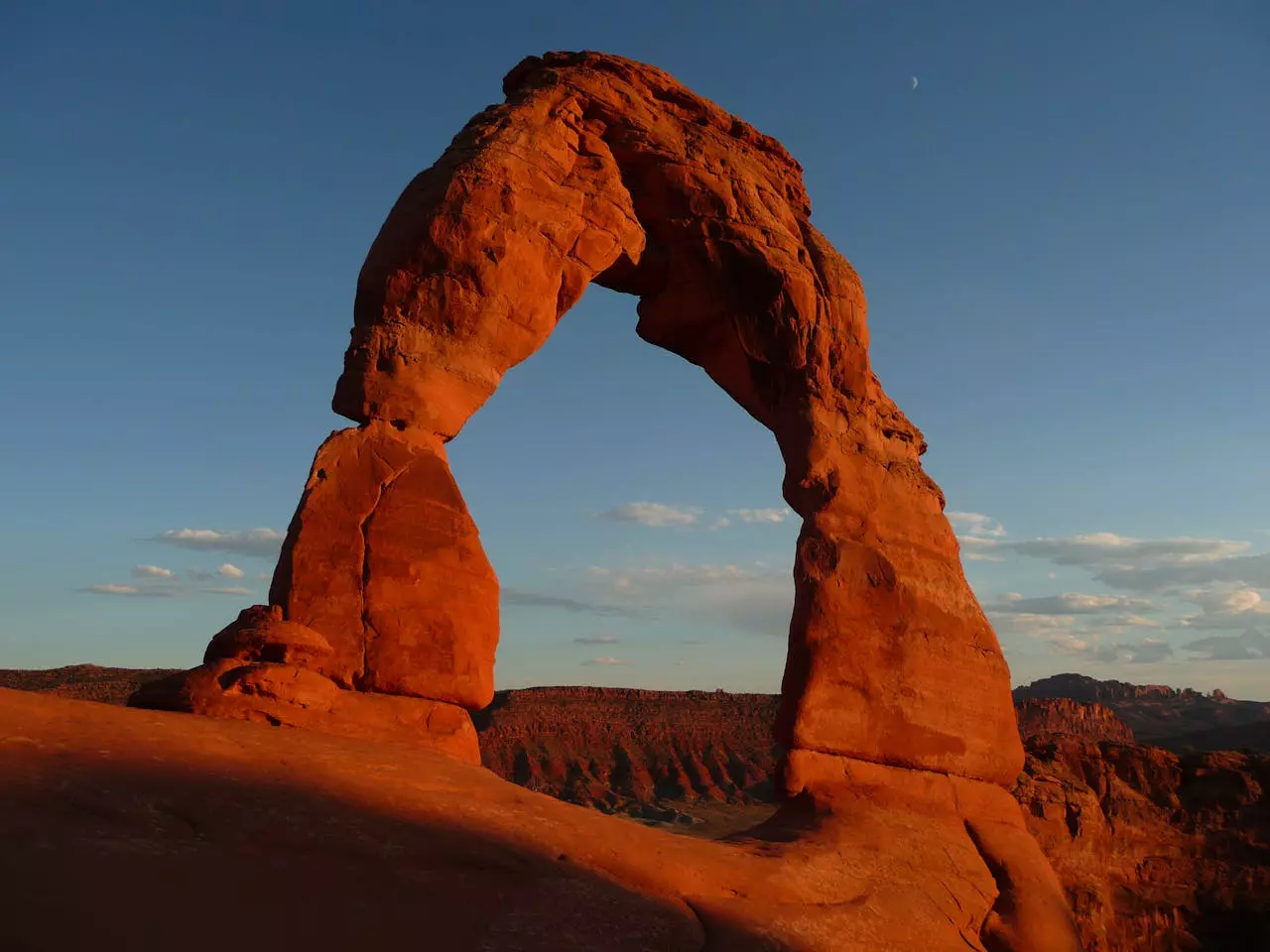
Spring (March – May): Ideal Weather and Blooming Beauty
Pros:
- Pleasant temperatures for hiking and exploring
- Desert wildflowers in bloom
- Extended daylight hours
Cons:
- Increasing crowds, especially during spring break and holidays
- Occasional spring winds
What to Expect:
Spring is one of the most popular times to visit Arches—and for good reason. Daytime highs range from the 60s to 80s °F (15–27°C), making it perfect for hiking trails like Delicate Arch or Devils Garden. Wildflowers add bursts of color to the red rock landscape, and conditions are excellent for photography. Arrive early to avoid parking challenges at popular trailheads.
Summer (June – August): Extreme Heat and Crowds
Pros:
- Long daylight hours for exploration
- All park roads and trails accessible
- Great for sunrise and stargazing
Cons:
- Temperatures often exceed 100°F (38°C)
- Limited shade and increased risk of heat exhaustion
- Heavy visitation during peak vacation season
What to Expect:
Summer can be brutally hot in Arches, making mid-day hikes dangerous. If you visit during this time, plan activities for early morning or late evening, and bring plenty of water, sun protection, and salty snacks. Ranger programs and night-sky viewing events are often held in summer, taking advantage of the warm evenings and clear desert skies.
Fall (September – November): Cool Comfort and Fewer Crowds
Pros:
- Cooler temperatures ideal for hiking
- Beautiful light and color contrast for photography
- Less crowded than spring and summer
Cons:
- Shorter days as the season progresses
- Occasional rain showers in early fall
What to Expect:
Fall is an excellent time to visit Arches. Daytime highs range from the 60s to 80s °F (15–27°C), similar to spring, but with fewer visitors. The golden light and dramatic skies of autumn create stunning photographic conditions. This season is perfect for exploring longer trails or camping under the stars.
Winter (December – February): Solitude and Snow-Dusted Arches
Pros:
- Peaceful, crowd-free experience
- Unique photo opportunities with snow on red rock
- Cooler temperatures for hiking
Cons:
- Some facilities may have limited hours or closures
- Icy trails and roads may require caution
- Cold nighttime temperatures
What to Expect:
Winter offers a serene and unique perspective on Arches National Park. With daytime temperatures in the 30s to 50s °F (0–10°C), it’s still possible to enjoy outdoor activities if you’re properly dressed. A light dusting of snow on Delicate Arch or Balanced Rock is a rare but beautiful sight. Be sure to check weather and road conditions before your trip.
Conclusion: When Is the Best Time to Visit?
- Best overall experience (weather and crowds): March to May or September to November
- Best for stargazing and night photography: Summer and Fall
- Best for solitude and dramatic scenery: Winter
No matter when you choose to visit, Arches National Park delivers otherworldly beauty and unforgettable adventure. Plan ahead, prepare for desert conditions, and leave no trace so others can enjoy its natural wonders for generations to come.


